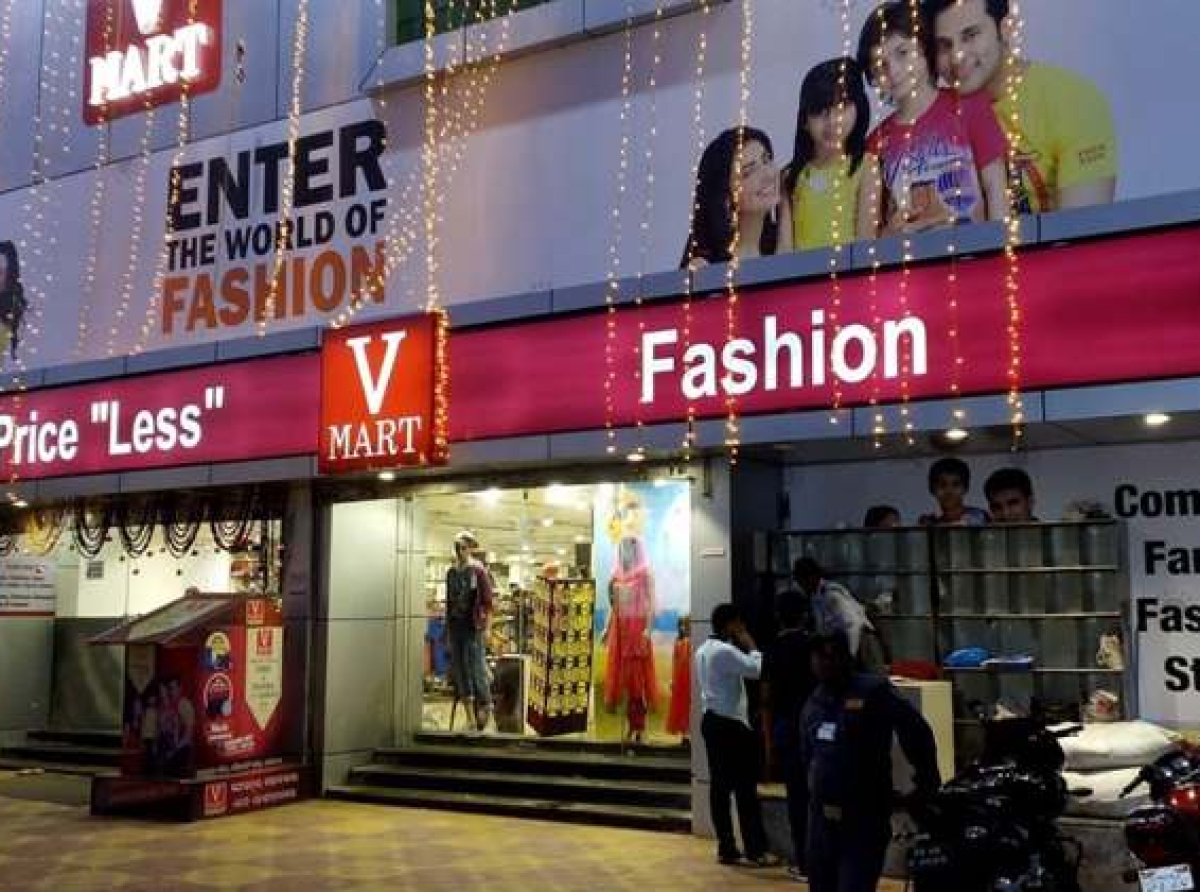In the first nine months of fiscal 2025 (9MFY25), V-Mart’s brand Unlimited's EBITDA margin doubled to 14.4 per cent, while the losses of the company’s other brand, Limeroad's continued to decline, leading to the group’s overall EBITDA margin rising from 11.1 per cent to 13.5 per cent.
This positive trend continued into Q4, with annual revenue rising by 17 per cent Y-o-Y to Rs 32.54 billion. This growth was spearheaded by V-Mart and Unlimited, both achieving 18 per cent growth, driven by an 11 per cent same-store sales growth (SSSG) and a 12 per cent expansion in store numbers.
V-Mart's 2021 acquisition of Unlimited from Arvind Fashions aimed to expand its South Indian presence, acquiring 74 stores and related assets for Rs 1.5 billion. While making V-Mart a national player, it presented integration challenges. Unlimited, with a higher concentration of Tier-I stores compared to V-Mart, underwent rebranding and operational changes aligning with V-Mart's strategy. Some Unlimited stores were closed and replaced with higher-performing ones in smaller cities. Unlimited's average selling price (ASP) was reduced from over Rs 500 to Rs 430, still higher than V-Mart's Rs 340, but more comparable within apparel.
Despite limited net store additions and stagnant store space, Unlimited's focus on profitable growth yielded a 10 per cent SSSG in Q4 FY25, surpassing V-Mart's 7 per cent. Unlimited's sales per square foot grew by 12 per cent, matching the overall 13 per cent growth, positioning it as a future growth driver for V-Mart.
V-Mart's FY23 acquisition of Limeroad for its digital ambitions initially faced headwinds due to consistent EBITDA losses. However, management efforts to halve advertising expenses and integrate V-Mart sales through Limeroad have shown results. Limeroad's EBITDA loss decreased by half in Q3 FY25.
V-Mart, a value retailer with nearly 500 stores across 4 million sq ft., faced pandemic-related challenges and increased competition. Acquisitions and store expansions led to a significant increase in debt. However, the company has shifted focus to profitable growth, closing underperforming stores, improving efficiency, offering discounts, and expanding categories.
Reduced inventory holding periods and a recovery in rural demand are also contributing to improved performance. Store count and space grew by 7 per cent in the past year, with plans for 60-65 new stores in FY26. Foot traffic increased significantly, and SSSG remained strong at 10 per cent, led by growth in Tier-IV cities.

























